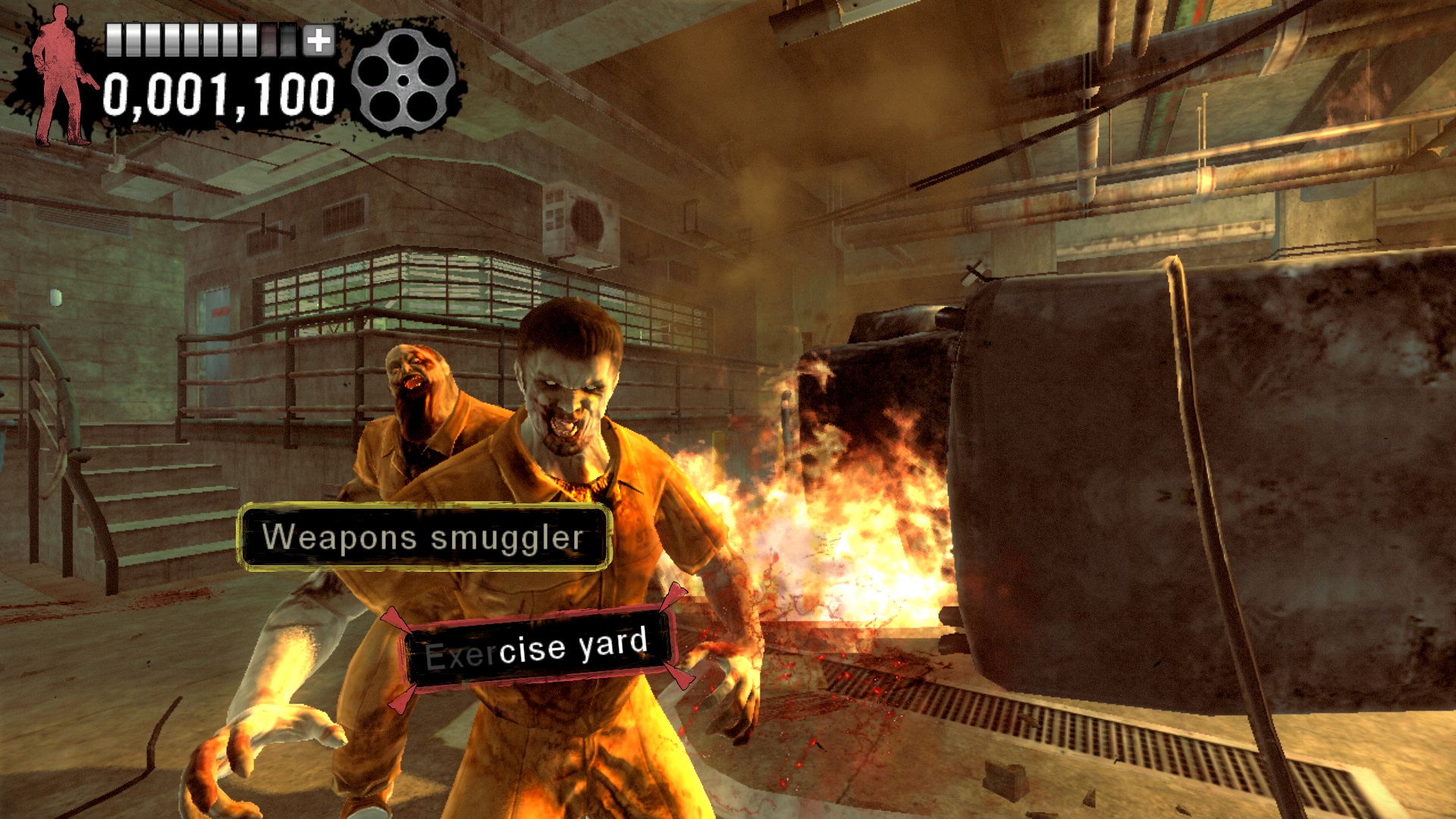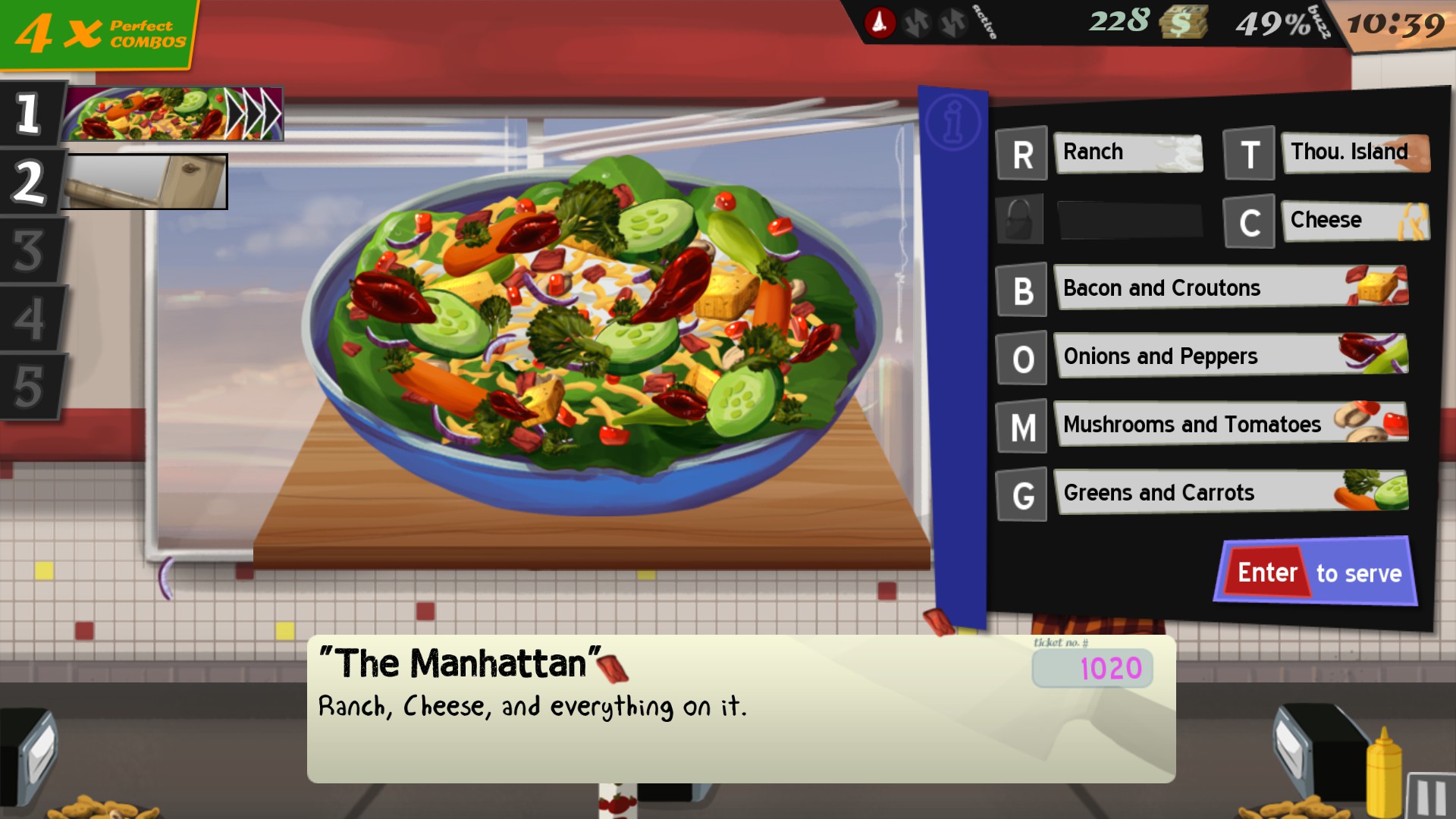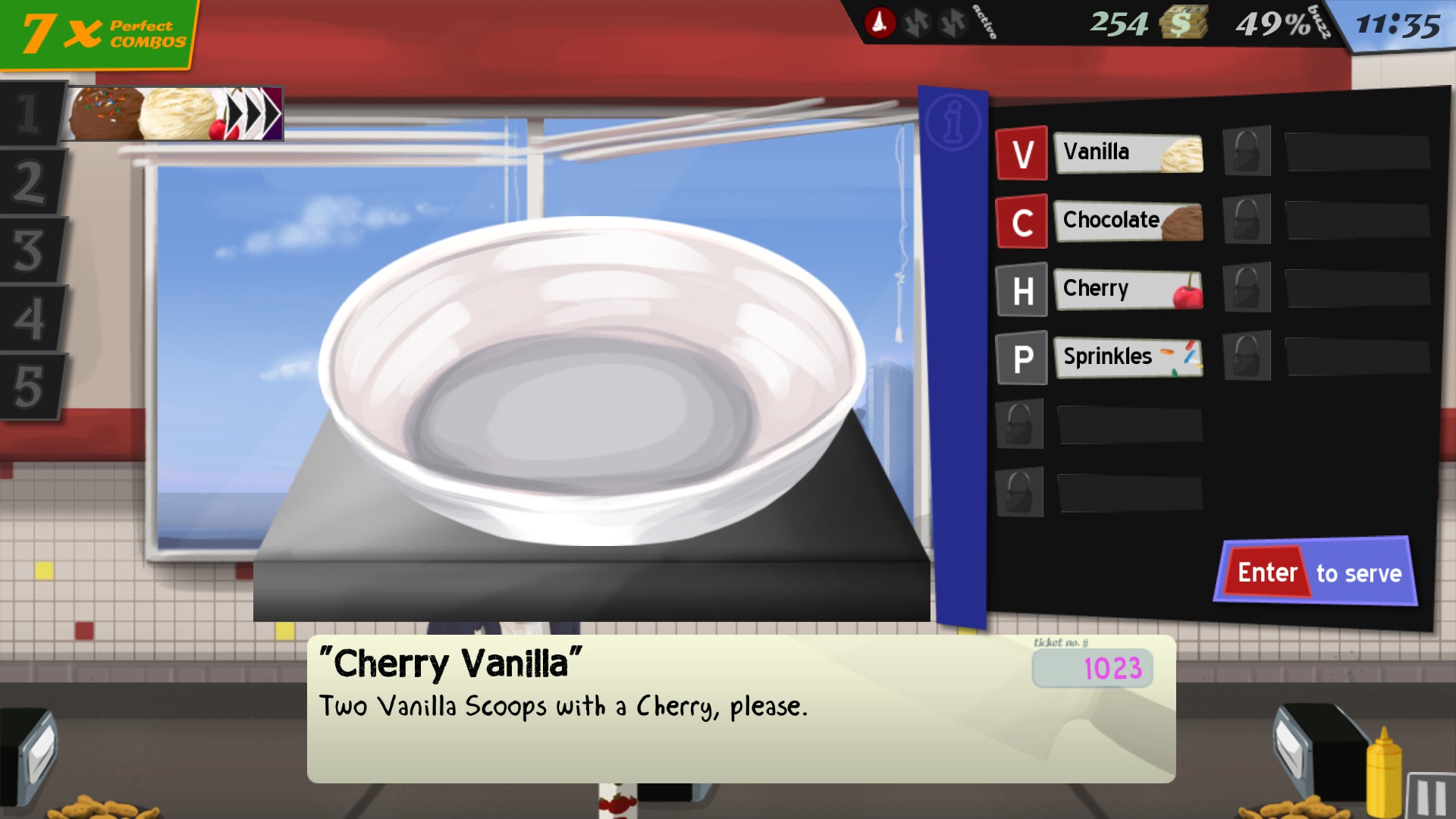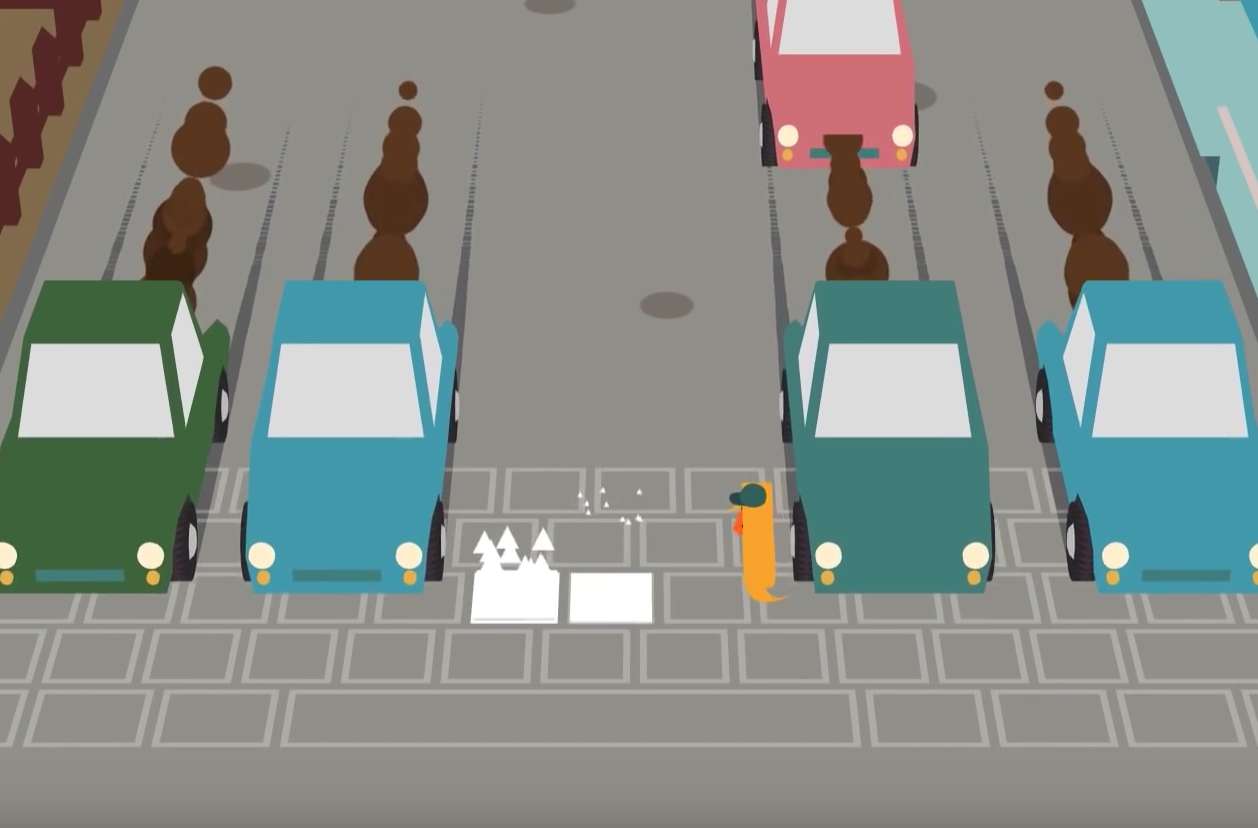Typing games sure did get strange
From David Lynch Teaches Typing to Cook, Serve, Delicious!, games about typing can be pretty odd.

We didn't have Mavis Beacon Teaches Typing in my school. Instead we had some cheap knock-off version—as well as an actual middle-aged woman whose job was to shout "ASDF!" and "FRF JUJ!" at us for 40 minutes at a time until we learned.
Even so, I get the joke of things like David Lynch Teaches Typing. Transforming the weirdo film-maker into a friendly pixel mascot who sits you down at a Maclaclantosh 9000 to learn the home row, that's a funny gag. So is Cooldog Teaches Typing, which makes a hyper-cephalic dog your tutor, only his paws prevent him from actually being good at typing so the tests are full of mistakes. I guess for a dog he's still pretty good at it? Icarus Proudbottom Teaches Typing, on the other hand, stretches the joke out way too long. It's a fine balance when you're making a niche educational parody.
Zander Milroy, one of the developers who created Cooldog Teaches Typing, explains that part of the reason their game is so short is that it was made in two days for a game jam. It was not intended to be some kind of deep attempt to subvert the typing game genre. "'Subvert' makes it sound like we had some kind of master plan!" he says. "But really, the idea made us all laugh and seemed like a great fit for a weekend game jam. The basic game play for a typing game is super straight forward and we knew it'd leave us with a lot of time for dumb jokes. We were just aiming to have a good time making something silly."
Milroy's typing is better than Cooldog's, of course. "I make videogames and write code for a living," he says, "so I like to think my typing isn't too bad! But I'm certainly no Mavis."
The ultimate typing game parody is The Typing of the Dead, which took Sega's 1998 light-gun arcade hit The House of the Dead 2 and replaced all the zombie-shooting with word-typing. It's the same game down to the shonky cutscenes, but the heroes have keyboards instead of guns. Zombies and flying jerks come at you with English words overlaid on them and every letter you type correctly is a bullet right in that monster's face. It's beautiful.

There was a sequel based on The House of the Dead 3 which was sadly never released outside Japan, and another based on The House of the Dead: Overkill which was. It has a bunch of DLC including one that replaces some of the words with swears ("arse elbow conundrum"), and another that turns them into quotes from Shakespeare.
Even when you're not typing "Quintessence of dust" to headshot the undead, jokey games like this can still help you learn to type better. Like Cook, Serve, Delicious! for example, the restaurant management stress simulator created by David Galindo, who was pretty surprised when players told him his game had helped them. "A lot of people mentioned how it improved their WPM, which is awesome! I never thought my games could be used for anything other than fun."
The biggest gaming news, reviews and hardware deals
Keep up to date with the most important stories and the best deals, as picked by the PC Gamer team.
The thing about Cook, Serve, Delicious! is that it's not strictly speaking a typing game. It began as a series of fan remakes of the Ore no Ryouri series, which were designed for controllers. And even after morphing into Cook, Serve, Delicious! you can still play it with a controller or a mouse, which is how Galino plays.
But players latched onto the keyboard shortcuts and the speed boost they provide. It feels right to receive an order and then press keys to drop ingredients down on a plate. The slapping sound most of them make accentuates this, like you're open-palm slamming greens and carrots down on a salad. Pressing a button or clicking a mouse wouldn't pair with that sound as satisfyingly as jabbing at a solid key does.

Cook, Serve, Delicious! is not an easy game. Part of the challenge is that the keys tied to ingredients are not always obvious. A baked potato, for instance, can be topped with bacon, onions, sour cream, and cheese by pressing B, O, S, and C. If a customer wants chives and butter? That's H and Y. And it's not consistent between dishes either. As well as being cheese on a potato C doubles for a scoop of chocolate in ice cream, while H is a cherry on top of it.
"I was quickly running out of letters for a lot of ingredients," Galindo admits, "so I would try to rationalize characters with whatever I could—I can't use any of the letters from butter since I'm using them already, but butter is yellow, so let's do Y! It totally made sense at the time when I was running on empty doing tons of late-night programming fests."

The difficulty is part of the appeal in a game that has strict time limits as the queue of impatient eaters back up, while the dishes need to be washed and the toilets cleaned. A session of Cook, Serve, Delicious! feels like a solid day of work. It reminds me of working in retail, both the tense soreness in your shoulders at the end of a shift and the flow state you hit when everything's going smoothly. I slap those P, S, C, R keys three time in a row to layer down a lasagne while bopping along to the music and don't miss a beat.
"A lot of that subconsciously came from me working as a barista I think," says Galido, "because when I'd make that level of stress in the game it felt 'right' from my own personal experiences." When a 'zen mode' was trialed in the sequel he was surprised it worked. "At the time we came out of a rough launch and I was looking to add whatever the community wanted, so I did… and it actually opened up the game to an audience that never would have tried it to begin with."
Galido pushed the zen mode of the second game even further with Cook, Serve, Delicious! 3?! which he says is "something I never thought possible before devs started talking more and more about accessibility." His games can be tense nightmares about working alone at a restaurant counter, but it turns out they can also be a chill time too.
Galido has a spreadsheet listing thousands of ingredients in an attempt to make sure that in the future they stay consistent in every menu item. "I'm looking forward to the late nights where we're absolutely struggling to figure out whether or not to change Apricot or Apple's default keybind," he says. "What a weird job."

Other games like Keyboard Sports, The Textorcist, Epistory Typing Chronicles and its follow-up Nanotale are finding their own ways to make keyboard controls interesting. When you think about it, it's surprising that the act of typing—the thing keyboards were designed to do—isn't used by more games. Maybe it's because of a sense that typing feels like work, which seems to be a plus for the Cook, Serve, Delicious! series, or because of latent trauma from typing games in school, which the parodies of them can help rid you of.
Either way, it's worth exploring the strange world of typing games. Sure, they might help get your WPM up, but more importantly they're embracing something that makes PC games unique.

Jody's first computer was a Commodore 64, so he remembers having to use a code wheel to play Pool of Radiance. A former music journalist who interviewed everyone from Giorgio Moroder to Trent Reznor, Jody also co-hosted Australia's first radio show about videogames, Zed Games. He's written for Rock Paper Shotgun, The Big Issue, GamesRadar, Zam, Glixel, Five Out of Ten Magazine, and Playboy.com, whose cheques with the bunny logo made for fun conversations at the bank. Jody's first article for PC Gamer was about the audio of Alien Isolation, published in 2015, and since then he's written about why Silent Hill belongs on PC, why Recettear: An Item Shop's Tale is the best fantasy shopkeeper tycoon game, and how weird Lost Ark can get. Jody edited PC Gamer Indie from 2017 to 2018, and he eventually lived up to his promise to play every Warhammer videogame.

